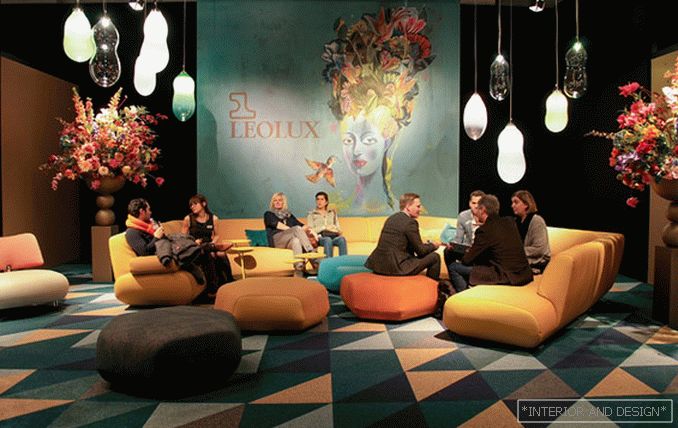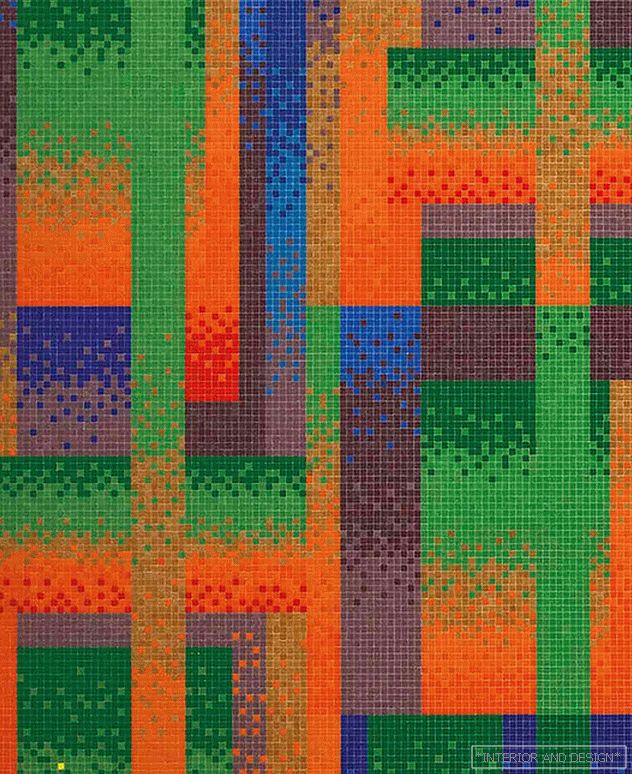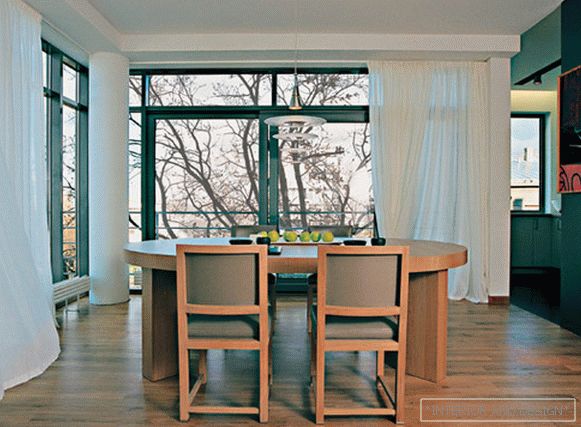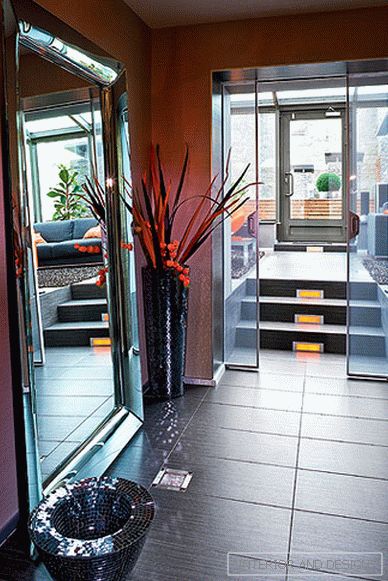Historically, the Cologne Furniture and Interior Fair begins a year. In January, Epiphany frosts are felt even here, in a mild Rhine climate. What's new? Three answers to this question in our review.
 Passing the gallery
Passing the gallery Magazine: N5 (215) 2016
The exhibition's birthplace owes its solid character, clear business rhythm and soft, friendly atmosphere. More than two thousand years history of the city (once Cologne was the center of the German lands in the Roman Empire and in the XII century became the keeper of one of the main Christian shrines of the world — the golden ark with the relics of the three wise men) formed Cologne as a trading and pilgrim artery, the second strongly influenced the former. The tradition of always being an active and influential metropolis has been preserved, the exhibition has become famous. For several days, the city becomes the center of world industry related to home improvement. This year the exhibition complex was visited by a record number of guests compared to previous years. Characteristically, the lion’s share was made up of professionals. This confirms the fact that the process of professionalization in the interior business took shape completely and very few “fans” decide to create a home on their own, without the participation of one or another consultant. In recent years, the exhibition is developing rapidly. So, it was a good tone to talk about trends, and Cologne, in turn, stated its own topics, the main ones — three. Translated into our mental standards, let's call them that. First: "there is no war." The internal environment as a peaceful alternative to an unstable external world is the main theme.
The conversation on any stand began and ended with this. Even the most German of the most German manufacturers (long existing in the status of indisputable world market leaders) turned towards a soft, enveloping interior, inviting to joyful enjoyment, comfort, convenience, color, and a variety of pleasant textures. These are primarily HÜLSTA, ROLF BENZ. So, friendliness has become a new language of luxury and status. The second tendency, let's call it “immersion”, is connected with the ancient human instinct to find peace in the past, in the search for principles and foundations, in a lost paradise, if you like. A powerful surge of interest in the topic of primitive tribal cultures is proof of this. Fashionable interior is proposed to saturate with authentic objects of African and Indian life, as well as their modern design replicas. These can be benches and tables from the wood of centenary trees, panels woven from reeds in a bright Mexican range, photos of tribal elders in ceremonial robes. Still, portraits of alien, wise and incomprehensible to us persons who have lived life in close contact with nature. The tropical theme is presented in color. Bright gamma from the category "life of the jungle" was an important part of the exposure. This or all colors at once (Bretz stand), or at least one color – emphasis on the general gray – gray background of the whole interior. There may be indigo or mango, the color of banana leaves, citrus or purple sunset. The third theme is “cleanliness.” So, as its Europeans understand. This includes the environmental friendliness of the design, and energy saving in production, and natural replacement in materials, as well as natural raw materials. It doesn't matter that these are often mutually exclusive moments. The main thing is the result. During the crisis, a new style was born, and even a new design. Cologne spoke his word firmly.
Read the full text in paper or



